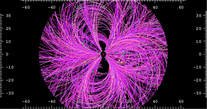
But it's a problem we might be closer to than we think. For our language has allowed us to determine what is negative, and what is positive, and to give rise to some kind of comprehension that the two states - which we experience directly in our mood sequences - represent some kind of polarity. When we are being positive, we cannot be negative, and vice versa, yet we find in the course of our existence that these two frameworks change all the time, in fact they can swap from one to the other quite freely within a matter of minutes. And the same may be true for some particles, certainly for those that are given to oscillate, and the only particles we know to oscillate freely are the quark and the neutrino.
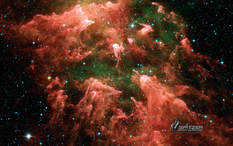
While the conundrums presented by constants and constraints continue to be ravaged by the whims of Nature, we find in the course of our own experience that perfect balance is not that easy to achieve. Being balanced means being neither too high nor too low, in other words occupying our own Goldilocks Zone of equilibrium in which our lives should naturally flourish. But it doesn't work that way, and perhaps the fact that it doesn't work that way gives us a clue as to why SUSY came along to save the day and yet still remains insufficient to explain the wide spectra of anomalies facing the order of things mathematical.
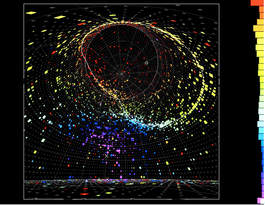
Believing that the fluffiness of a description hints at true nature, on the basis that synchronicity doesn't make mistakes but scientists often do, it could be said that there is a meaning to these behaviours in the Quark Sector we can actually relate to, which one day might be taken notice of.
While you're busy finding balance in yourself, be content with the possibility that it's impossible to find, and forgive yourself for falling, for in the nature of things, it is natural to fall. Negativity and positivity may well behave in us in very much the same way as they behave in the sub-atomic sectors, and if we need a guiding light to befriend us through our darknesses, it would be as well to remember that although Matter appears to dominate the Universe, Matter is composed of atoms heavily guarded by Electrons, which are negatively charged. Positrons, the antimatter equivalent of the Electron, come into existence here to be swiftly annihilated by their counterparts, which could explain that when we feel positivity, we know that there's no high without a low, and conversely, that every cloud has a silver lining. Bringing our own beings into a balance we can comprehend may depend on how we handle our constituent particles just as much as how we handle the circumstances that appear to influence us. If you find it hard to hold on to a positive outlook, while all around are telling you that positivity is there all the time, this may well be one of those things that we know to be true, thanks to our Truth quarks, and when it's there it's beautiful, as Beauty quarks would have it be, but the Charm of Strangeness dictates that we will have our Ups and Downs, and that is, as they say, just the way it is.
Enjoy the rollercoaster. No-one's getting off any time soon.
All the pictures have their story of origin linked to them, all of which scratch their heads at the matter/antimatter problem.
Incidentally, the Truth quark was the last to be found. And it's the biggest one of all.
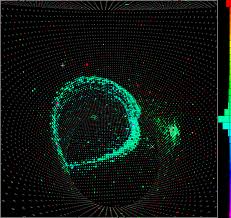
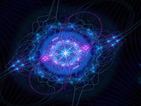

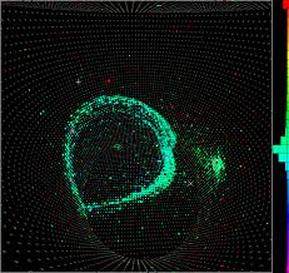
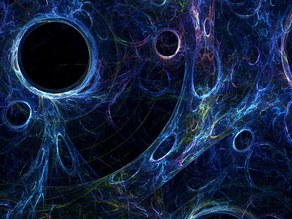
 RSS Feed
RSS Feed
